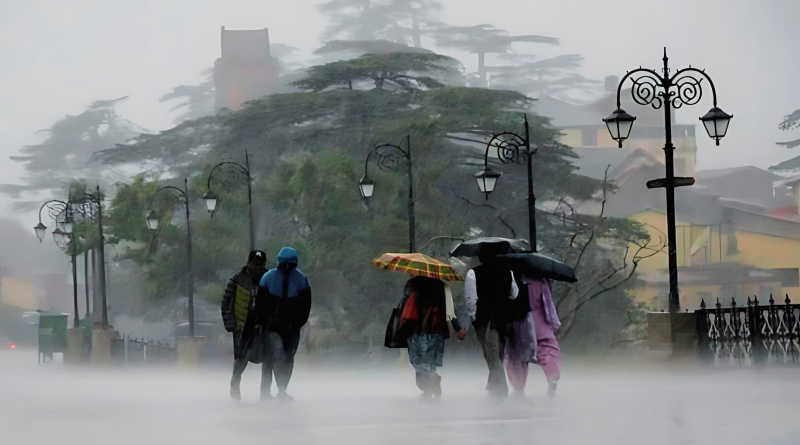Monsoon statistical-framework in India: excess in some parts and deficit in others
India’s monsoon deficit has narrowed to 4.6 per cent as of July 2, with 18 states experiencing normal or above-normal rainfall, according to the Indian Meteorological Department (IMD)
Andhra Pradesh and Tamil Nadu have reported a rainfall surplus exceeding 50 per cent, while six other states are experiencing excess or large excess rainfall. The IMD also noted that India is expected to have above-normal rain in July, and the monsoon arrived six days earlier than usual. Chandigarh is facing the highest rainfall deficit at 83 per cent, with Jharkhand also experiencing a significant over 50 per cent deficit. Despite these deficits, Kharif crop sowing has increased by 33 per cent as of June 28 compared to the previous year, with pulses and oilseeds witnessing significant rises in acreage. However, rice acreage remains unchanged at 2.2 million hectares.
Reservoir levels have worsened, dropping 16.7 per cent from normal as of June 27, compared to a 9 per cent deficit the previous week. Bihar and Andhra Pradesh report over 50 per cent deficits in reservoir levels. Climate change impacts are also evident, with 80 per cent of marginal farmers reporting extreme weather events in the past five years. Food inflation remained high at above 8 per cent in May and is expected to stay elevated, with rural inflation outpacing urban inflation for nearly a year. The agricultural sector is struggling, showing only 1.4 per cent growth in FY24, down from 4.7 per cent the previous year and below the long-term average of 3.7 per cent. The government is looking to revive the sector amidst these challenges.




